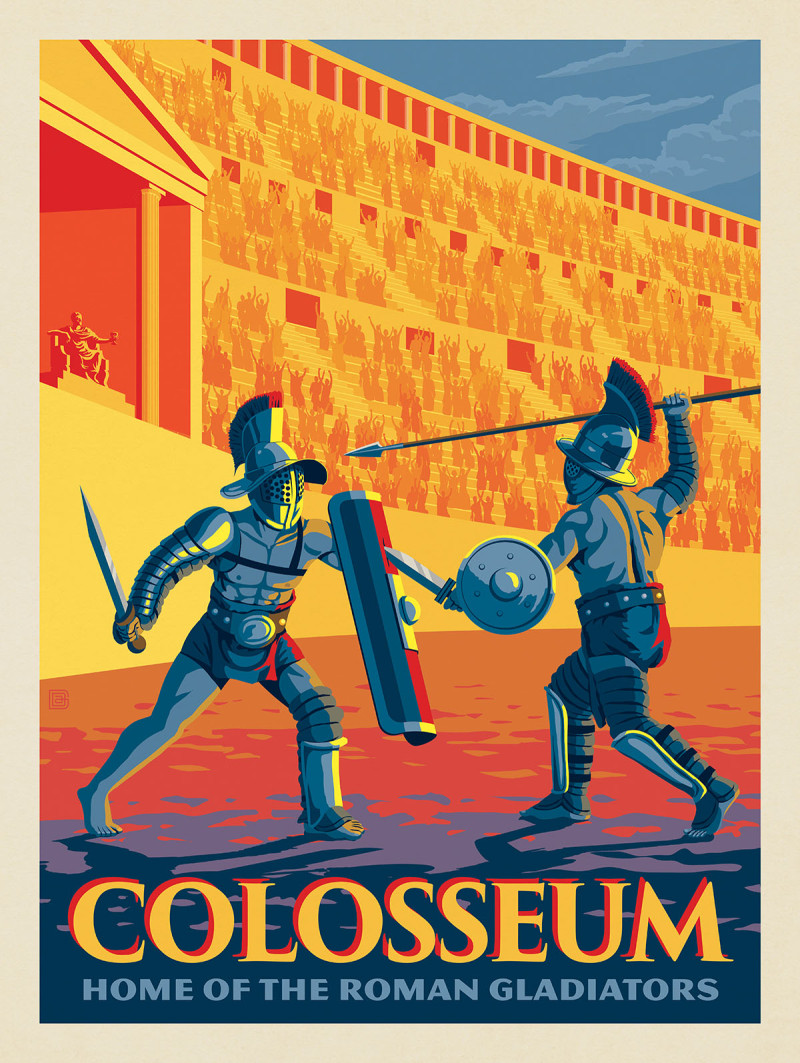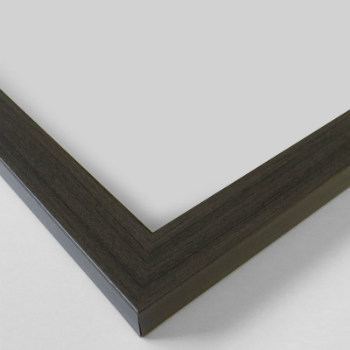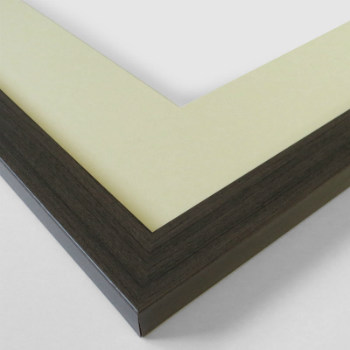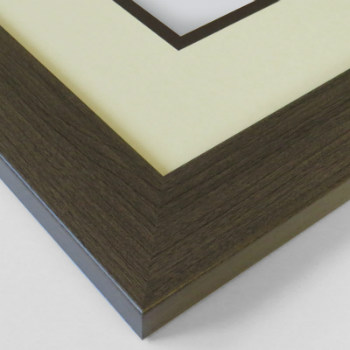Print-on-demand items cannot be returned or exchanged. Please measure your space carefully before purchasing.
The Colosseum: Home Of The Roman Gladiators By Aaron Johnson, Joel Anderson, 2025
-
 Art Print
Art Print
-
 Art Print
Art Print
-
 Art Print
Art Print
-
 Art Print
Art Print
-
 Art Print
Art Print
-
 Art Print
Art Print
-
 Art Print
Art Print
-
 Art Print
Art Print
-
 Art Print
Art Print
-
 Art Print
Art Print
-
 Art Print
Art Print
-
 Art Print
Art Print
-
 Art Print
Art Print
-
 Art Print
Art Print
-
 Art Print
Art Print
-
 Art Print
Art Print
-
 Art Print
Art Print
-
 Art Print
Art Print
-
 Art Print
Art Print
-
 Art Print
Art Print
-
 Art Print
Art Print
-
 Art Print
Art Print
-
 Art Print
Art Print
-
 Art Print
Art Print
-
 Art Print
Art Print
-
 Art Print
Art Print
-
 Art Print
Art Print
-
 Art Print
Art Print
-
 Art Print
Art Print
-
 Art Print
Art Print
-
 Art Print
Art Print
-
 Art Print
Art Print
-
 Art Print
Art Print
-
 Art Print
Art Print
-
 Art Print
Art Print
-
 Art Print
Art Print
-
 Art Print
Art Print
-
 Art Print
Art Print
-
 Art Print
Art Print
-
 Art Print
Art Print
-
 Art Print
Art Print
-
 Art Print
Art Print
-
 Art Print
Art Print
-
 Art Print
Art Print
-
 Art Print
Art Print
-
 Art Print
Art Print
-
 Art Print
Art Print
-
 Art Print
Art Print
-
 Art Print
Art Print
-
 Art Print
Art Print
-
 Art Print
Art Print
-
 Art Print
Art Print
-
 Art Print
Art Print
-
 Art Print
Art Print
-
 Art Print
Art Print
-
 Art Print
Art Print
-
 Art Print
Art Print
-
 Art Print
Art Print
-
 Art Print
Art Print
-
 Art Print
Art Print
-
 Art Print
Art Print
-
 Art Print
Art Print
-
 Art Print
Art Print
-
 Art Print
Art Print
-
 Art Print
Art Print
-
 Art Print
Art Print
-
 Art Print
Art Print
-
 Art Print
Art Print
-
 Art Print
Art Print
-
 Art Print
Art Print
-
 Art Print
Art Print
-
 Art Print
Art Print
-
 Art Print
Art Print
-
 Art Print
Art Print
-
 Art Print
Art Print
-
 Art Print
Art Print
-
 Art Print
Art Print
-
 Art Print
Art Print
-
 Art Print
Art Print
The Colosseum is an elliptical amphitheater in the centre of the city of Rome, Italy, just east of the Roman Forum. It is the largest ancient amphitheater ever built, and is still the largest standing amphitheater in the world, despite its age. Construction began under the Emperor Vespasian (r. 69–79 AD) in 72 and was completed in AD 80 under his successor and heir, Titus (r. 79–81). Further modifications were made during the reign of Domitian (r. 81–96). The three emperors who were patrons of the work are known as the Flavian dynasty, and the amphitheater was named the Flavian Amphitheater by later classicists and archaeologists for its association with their family name (Flavius). The Colosseum is built of travertine limestone, tuff (volcanic rock), and brick-faced concrete. It could hold an estimated 50,000 to 80,000 spectators at various points in its history, having an average audience of some 65,000; it was used for gladiatorial contests and public spectacles including animal hunts, executions, re-enactments of famous battles, dramas based on Roman mythology, and briefly mock sea battles. The building ceased to be used for entertainment in the early medieval era. Inspired by the epic history of the Colosseum, the artists of Anderson Design Group have created a Fantasy Travel Poster depicting the structure as it may have appeared in its prime. This original hand-illustrated print will make a great gift for any history, fantasy, warrior, or travel buff. This inspiring design will make an epic accent as a poster, canvas, metal sign, postcard, or note card.
Choose a Product
Art Print - from $21.99
About the Frames
No print is complete without a stunning frame to complement it. We offer three different frame styles: Simple, Standard, and Deluxe, courtesy of our friends and neighbors at Belle Meade Framers. See below for features and measurements.
- Simple Frames

- 1.25" flat wood-grain molding
- Available in mocha brown, warm gray, and black
- Ships ready-to-hang with attached metal wire and a wall hanger accessory
- No mat is included, just the frame and your fantastic poster choice
- 11x14" print—total frame size is 13x16"
- 18x24" print—total frame size is 20x26"
- 24x32" print—total frame size is 26x34"
- Standard Frames

- 1.25" flat wood-grain molding
- Available in mocha brown, warm gray, and black
- Ships ready-to-hang with attached metal wire and a wall hanger accessory
- Includes a classy cream-colored mat
- 11x14" print—total frame size is 18x22"
- 18x24" print—total frame size is 26x32"
- 24x32" print—total frame size is 32x40"
- Deluxe Frames

- 2" flat wood-grain molding
- Available in mocha brown, warm gray, and black
- Ships ready-to-hang with attached metal wire and a wall hanger accessory
- Includes a supreme combination of cream and mocha-colored mat layers
- 11x14" print—total frame size is 20x24"
- 18x24" print—total frame size is 28x34"
- 24x32" print—total frame size is 34x42"
